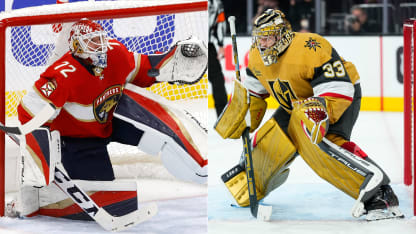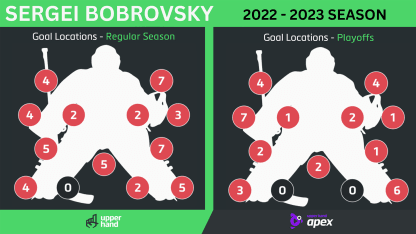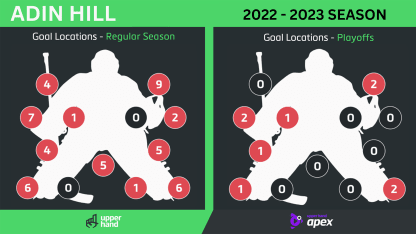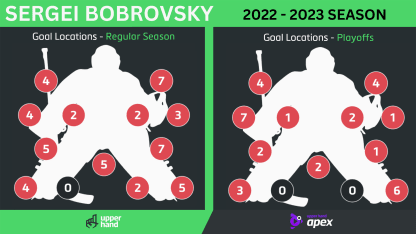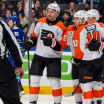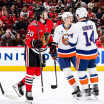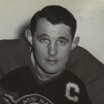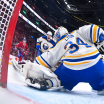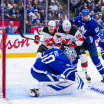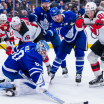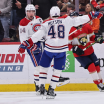Across the slot line: Bobrovsky has a powerful cross-ice push, so it's often not enough to create lateral movement on the same side of the ice. Making plays from one side to the other across the slot line, which divides the middle of the ice from the goal line to the top of the face-off circles, that force him into bigger pushes have been key to scoring all season. These types of plays accounted for 48.0 percent of tracked goals in the regular season, well above the 36.4 percent average, and were a factor on a whopping 64.7 percent in five games against Boston, and seven of the 10 goals by Toronto. Just creating lateral chances isn't enough, however. Bobrovsky's ability to get across with good rotation and control means he's rarely limited to just sticking out his pad. He builds vertical coverage with his glove and blocker, making it important to pick corners in situations a lot of goalies are vulnerable to any shot above the pad. Otherwise, apparent tap-ins can become momentum-changing saves, something Carolina can attest to after only scoring two slot line goals.
